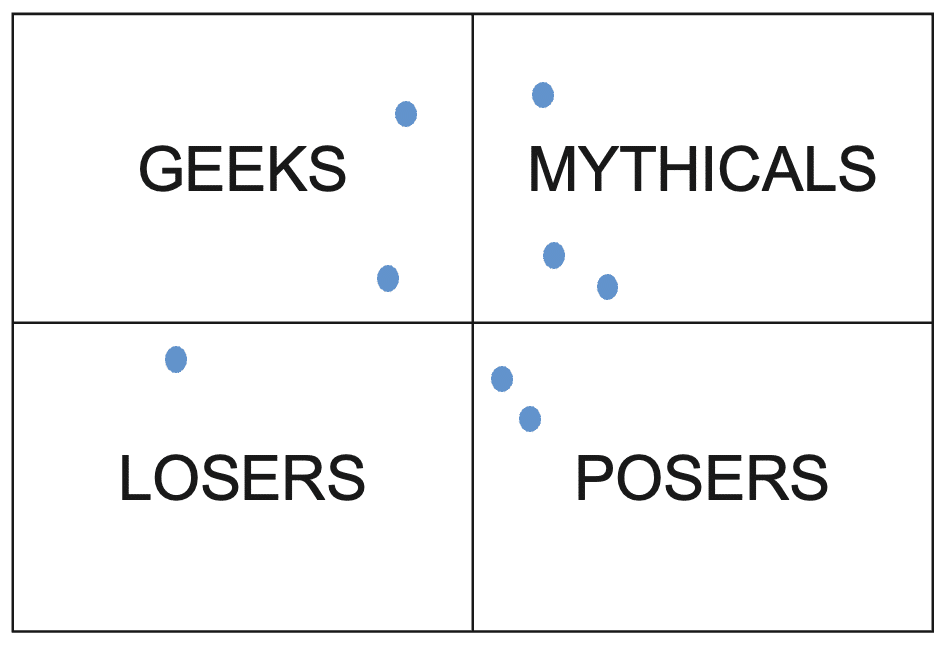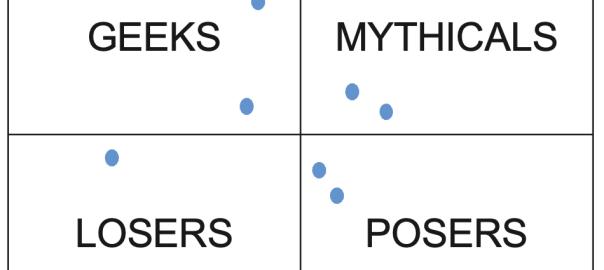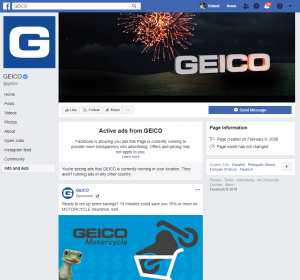Steer clear from common misconceptions that lead to haphazard decisions, poor vendor choices and failed implementations.
You don’t have to look far in the martech world to find breathless case studies about successful system deployments and extraordinary ROI. But what’s not so well shared are the failed or incomplete implementations, the teams struggling to get full leverage out of existing toolsets and the stack leaders wrestling with difficult vendor relationships.
In my experience, those quiet struggles are more common than success stories. Some of these problems originate at program inception when vendors perpetrate, or enterprise martech leaders fall victim to pervasive myths about how martech really works.
In recent years, I’ve found the following half-dozen myths to be particularly widespread. Forewarned is forearmed!
My life as a mythbuster
I first entered the analyst business, founding “CMS Watch” in 2001 because of some industry quadrants from leading analyst firms. Those quadrants showed a bevy of “leading” or “magical” CMS vendors and platforms that I had deep reservations about based on my experience leading a development team that actually implemented those systems.
So I decided to start a new kind of analyst firm that would bust myths and tell the real story about how these technologies work. Fast forward two-plus decades and many myths persist. So let’s keep on busting!

Myth 1: Static quadrants are meaningful
People love quadrants! And you can see why since they simplify marketplaces into winners and losers. But there are two key myths here:
- That a single static quadrant is universally applicable across use cases, company size, region and business priorities.
- That major analyst firms weigh the right factors in positioning vendors.
Neither is true.
You don’t want to align with what someone labels as generically the “best” vendors. You want to partner with the best-fitting vendors and this will always be a contextual consideration. A martech vendor that fits another firm in your industry may not fit well for you, especially if you’re looking to compete on technology (among other things). You should generally undertake any vendor prioritization based on your specific use cases.
The other problem with static quadrants is that historically, they have tended to overweight industry laggards, often larger vendors with sizable installed bases, who typically excel at “analyst relations,” but too frequently underperform at client relations.
Myth 2: A martech suite vendor is your ally
And speaking of underperforming — some of the biggest name vendors in the martech industry have left some of the largest handprints on those failures I mentioned in the opening paragraph above. As purveyors of multi-platform “suites,” they will try to persuade your anxious executives that you can avoid the persistent and thorny challenges of platform integration by purchasing as much of your stack from a single vendor.
The real story is that major martech vendor suites have been cobbled together via random acquisitions and their individual pieces target a confusing variety of different enterprise customer profiles. So they are coherent in name only. That’s why large martech vendors will always prefer to persuade at the C-level rather than at working levels in your firm to avoid having to actually prove platform fit and quality.
You don’t have to put up with this. Always perform rigorous, competitive testing against important use cases. And never allow your firm to get bullied.
Myth 3: You must always personalize
Industry pundits have prioritized digital and customer experience personalization as a “must-have” for the past quarter-century. And yet, for most channels in most enterprises, personalization remains a distant goal. What’s going on here?
Part of the challenge is that personalization can prove costly — from operational, compliance, performance and reporting perspectives. That doesn’t mean you shouldn’t explore the value of personalized experiences. It does mean you should consider ROI very carefully and acknowledge that putative value may not always exceed cost and effort.
We recently considered this question at Real Story Group’s MarTech Leadership Council and concluded that personalization program outcomes frequently varied by channel and call to action. For example, email and ecommerce personalization tended to yield higher ROI than website personalization, which sometimes exhibited even negative returns.
I guess this all goes back to the basics: provide what your customers really want, not what you think they want.
Myth 4: A CDP will fix your customer data mess
Even as the customer data platform (CDP) marketplace matures, I often see enterprises looking to a CDP implementation as a savior. You can understand why. Most enterprise customer data is so messed up that it’s not unreasonable to seek a sort of divine intervention — or at least a shortcut.
But there are no shortcuts. Garbage-in, garbage-out applies to customer data as much as any other. Most enterprises must address foundational issues of comprehensive data collection, cleaning, governance, processing, identity resolution and proper attribute modeling before they can even think of effectively activating all that sweet data. A CDP alone will not solve all these challenges.
To be sure, some CDP vendors offer foundational data processing services as part of their platform. Our recent research suggests that you can roughly bifurcate the CDP market into solutions focusing primarily on enterprise customer data operations versus those emphasizing data activation. But even in the former case, someone has to do all that difficult data processing work. Fixing your customer data mess is on you, perhaps with outside help.
Myth 5: AI will replace most marketers
The topic of AI has yielded too many keystrokes already — either generated by humans or machines. But like any major martech topic, myths still abound here. Perhaps the biggest myth is that AI will replace most marketers or perhaps replace the marketing function altogether.
AI will replace repetitive work and production tasks in the marketing ecosystem. AI will not replace the creative spark, the essential intuition and the innate need for real, authentic, bi-directional human interaction. For martech leaders like you, I don’t fear that you will leverage AI too little, but rather that vendors will flood your stack with untested and potentially unethical algorithms that they hastily embedded into all your platforms.
We’re following this phenomenon closely and will have more to say on it in the coming quarters, but in the meantime, take a healthy pause and remember the unique skills that you and your team bring to the table. Then test any AI modules carefully, look for total transparency under the covers — though you’ll rarely find it! — and don’t accept shoddy results.
Myth 6: ‘We’re behind!’
Speaking of AI, I find a persistent impression among enterprise martech leaders that they — and their organizations — are somehow “behind the pack.” You can understand why an observant leader might believe their operation lags the pack in a world of breathless (but rarely repeatable) case studies and snazzy vendor announcements.
I’d say this is the subject of, or at least subtext to, 90% of the advisory calls I field from martech leaders of large enterprises.
But here’s the thing: by definition, 90% of you cannot be behind. Yes, martech is moving quickly, but your peers are struggling with this evolution, too. We see fewer repeatable design patterns than we’d like at this phase. This suggests that for many technologies — especially AI and ML — it’s still early days.
The problem with feeling chronically behind is that your decisions can become haphazard and subject to vendor manipulation. Instead, you want to build a durable, layered martech stack whose strong underlying pillars allow you to experiment and innovate at the customer-facing tier. So take a deep breath, solidify your martech foundations and press forward.
The post Top 6 martech myths debunked appeared first on MarTech.
(7)
Report Post






